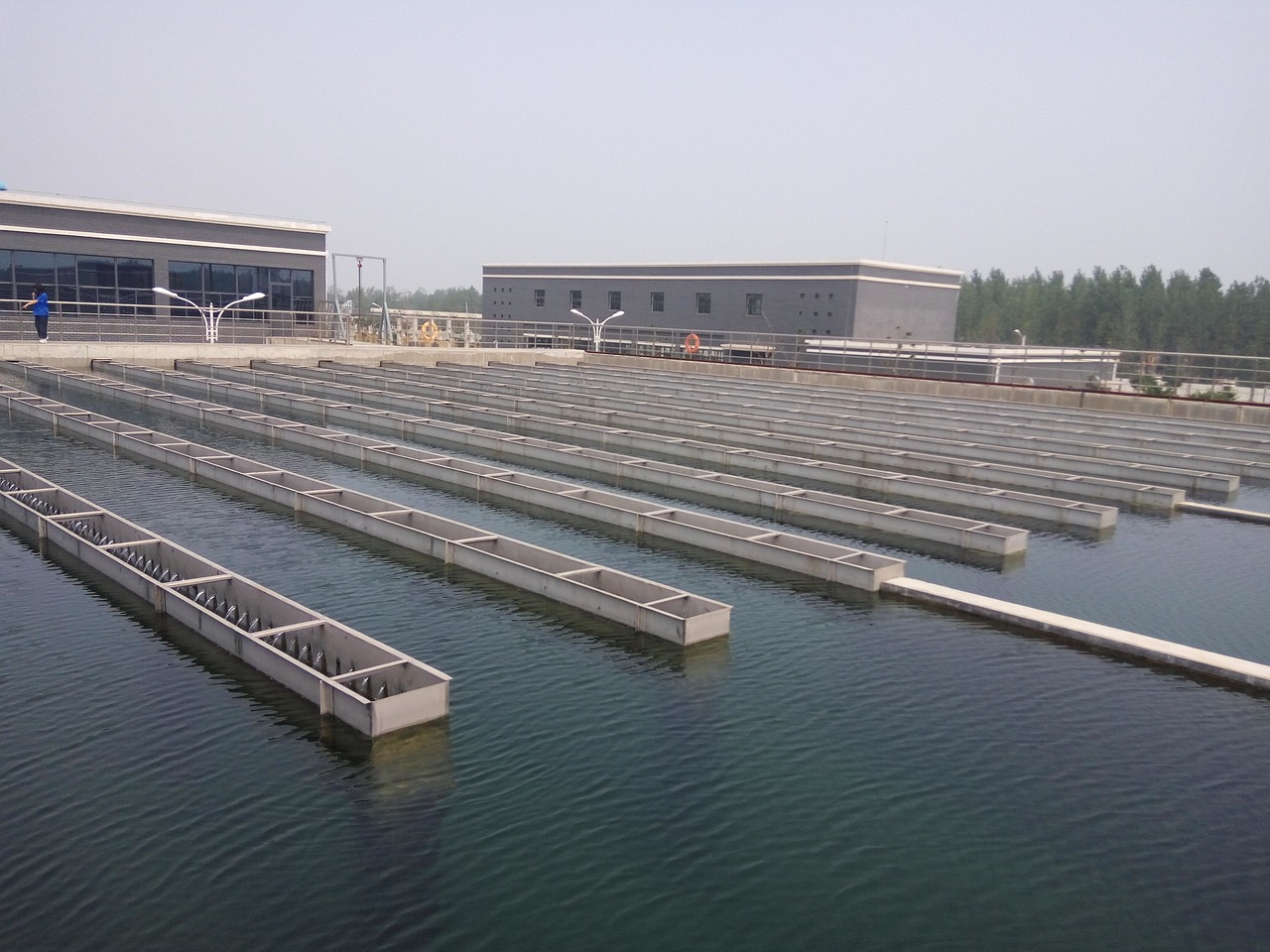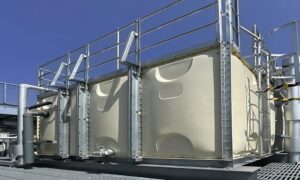Water is essential for life, industry, and the environment, but ensuring access to clean, safe water has always been a complex challenge. The evolution of water treatment reflects centuries of scientific advancement, industrial growth, and environmental awareness. From basic filtration methods used in ancient civilizations to today’s sophisticated smart water technologies, the journey of water treatment is a story of human ingenuity meeting growing global needs.
In 2025 and beyond, water treatment continues to evolve—becoming smarter, more sustainable, and increasingly integrated with broader environmental and social goals.
Early Beginnings: Simplicity and Necessity
Water treatment has ancient roots. Historical records show that civilizations as early as 2000 BC in India and Egypt used simple sand filtration and boiling methods to purify drinking water. Early societies understood that water needed to be clear and taste clean to be considered safe, even if they didn’t fully grasp the science behind contamination.
Over time, rudimentary systems developed, such as Greek and Roman aqueducts, which transported cleaner spring water into cities, and medieval wells lined with stone to prevent soil contamination.
The Industrial Revolution: Scaling Up Water Systems
The Industrial Revolution in the 18th and 19th centuries brought explosive urban growth, and with it, the urgent need for large-scale water supply and sanitation systems. Waterborne diseases like cholera and typhoid drove public demand for cleaner water.
Key milestones during this era included:
- The invention of slow sand filtration in the early 1800s
- The development of chlorination as a disinfection method by the early 1900s
- The establishment of municipal water treatment plants in major cities
By the mid-20th century, water treatment had become a structured public health initiative, with regulatory standards ensuring that drinking water was routinely filtered and disinfected.
The Environmental Era: Recognizing Water’s Impact
The environmental movements of the 1960s and 70s highlighted the broader impact of untreated wastewater on rivers, lakes, and oceans. It was no longer enough to focus only on drinking water, attention shifted to industrial wastewater treatment, stormwater management, and ecosystem protection.
Laws such as the Clean Water Act in the United States, Canada and similar regulations worldwide set standards for wastewater discharge, forcing industries and municipalities to invest in secondary and tertiary treatment processes, including biological treatment and advanced chemical removal.
It was during this period that wastewater recycling and reuse first began to emerge, particularly in water-scarce regions.
The Technological Boom: Smart Systems and Sustainability
Entering the 21st century, technology revolutionized water treatment. Membrane filtration methods such as reverse osmosis (RO), ultrafiltration, and nanofiltration became commercially viable, enabling the production of ultra-pure water and the desalination of seawater at scale.
Automation, sensors, and digital control systems started replacing manual operation, allowing treatment plants to operate more efficiently, reduce chemical use, and minimize energy consumption.
Today, the rise of smart water systems powered by the Internet of Things (IoT), artificial intelligence (AI), and data analytics is setting new standards for predictive maintenance, real-time monitoring, and optimization.
Mining and Water Treatment: A Sector of Transformation
Among industries, mining has undergone one of the most significant shifts in its approach to water management. Historically, mining operations produced vast quantities of contaminated wastewater, including acid mine drainage, heavy metals, and sediment-laden runoff. In the past, inadequate treatment led to severe environmental degradation, prompting tighter regulations and greater public scrutiny.
Today, modern mines are implementing closed-loop water systems, advanced filtration technologies, and passive treatment methods like wetlands to manage water sustainably. Many mining companies now aim to reuse over 90% of their water, minimizing freshwater intake and reducing environmental impact. TerraMines is a mining services company specializing in the treatment of water associated with mining activities and offers cutting-edge expertise and tailor-made solutions to the complex challenges of water management in the mining sector.
The Future: Circular Water Economies
As we move further into the 21st century, the evolution of water treatment points clearly toward circularity. The idea is simple: water is not just treated and discarded but continuously cleaned, recycled, and reintegrated into human and natural systems.
Future water treatment trends include:
- Decentralized systems that bring treatment closer to the point of use
- AI-driven management for ultra-efficient operations
- Nature-inspired treatment that harnesses biological processes for pollutant removal
- Global water reuse strategies for agriculture, industry, and urban areas
In a world facing increasing climate risks, population growth, and water scarcity, innovative,



































